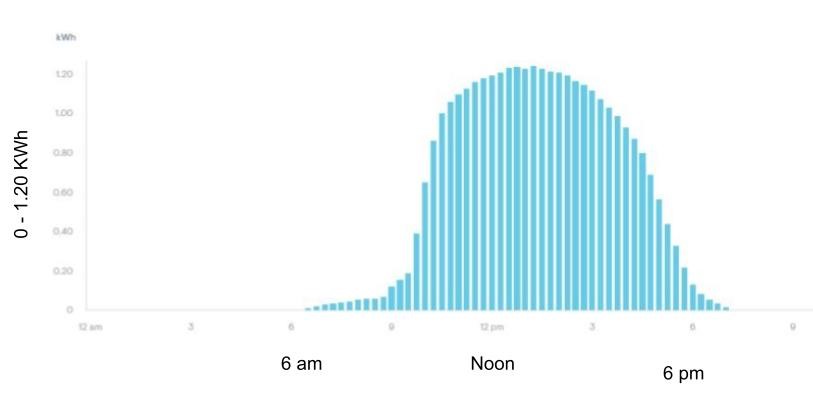Each day this week, United For Justice will be sharing “Tips for Light Footsteps on Mother Earth.” These are also posted on Sandy Wilmot’s blog, where you can find even more posts on “What’s Up With the Climate.”
I am by no means an expert in this, but I was asked me to write something, so here goes …
We have 20 solar panels on our roof. Some people put them in their yard, or even buy into a community solar array, but ours just sit on our roof. We installed our panels in 2018. It’s been fun because we can access this great website on the computer or an app on the phone that tells us how much power we’re making every hour/day/week/month/year. Honestly, it can be a little addictive trying to predict how much power we make over time! Since the panels were installed, the website says we have reduced our carbon footprint by 18.2 tons, which is equivalent to planting 304 trees. I guess that’s pretty good.
We’ve learned that the solar panels don’t work under any amount of snow, so we have to clean them off (we can because our roof is not very steep). So, we not only shovel the driveway, we also clean off our panels – Ugh! But this happens only if the snow doesn’t melt by itself. Also, we don’t make much power even on sunny days in the winter, as the angle of the sun is too low for the panels to collect the sunshine.
We make the most power in May, June, and July. Below is the readout from a typical good day. The graph shows how much power we made as the day progressed. This curve shows that we generated a lot of power from about 10 a.m. to 5 p.m. Our family calls this pattern a ‘whale’! This whale was on April 8, 2023, when we made 33.3 Kilowatt hours. On days like this, we generate more power than we use. The extra power goes into the electrical grid for others to use. Rather than losing the energy we do not use, we accumulate power credits which we can use during the winter months.

We had hoped that our bills would be ZERO, but alas, the electric company charges a fee every month for this and that, so our bill is about $25/month. We can use the extra electricity from one month to pay the bills in the following months for up to a year. We don’t make enough power to cover electrical costs in December, January, or February, so we use the credits from previous months keeping our power bills to a minimum.
Solar panels are expensive, but according to EnergyStar, through the Inflation Reduction Act of 2022 tax credits and incentives:
“… homeowners can also take advantage of the modified and extended Residential Clean Energy credit, which provides a 30 percent income tax credit for clean energy equipment, such as rooftop solar, wind energy, geothermal heat pumps and battery storage through 2032.â€
Sometimes I feel like we are “cheating†by using the sun for power, but how wonderful that God has given us the glorious sun … and technology lets us use it for power!
Anne Clift

